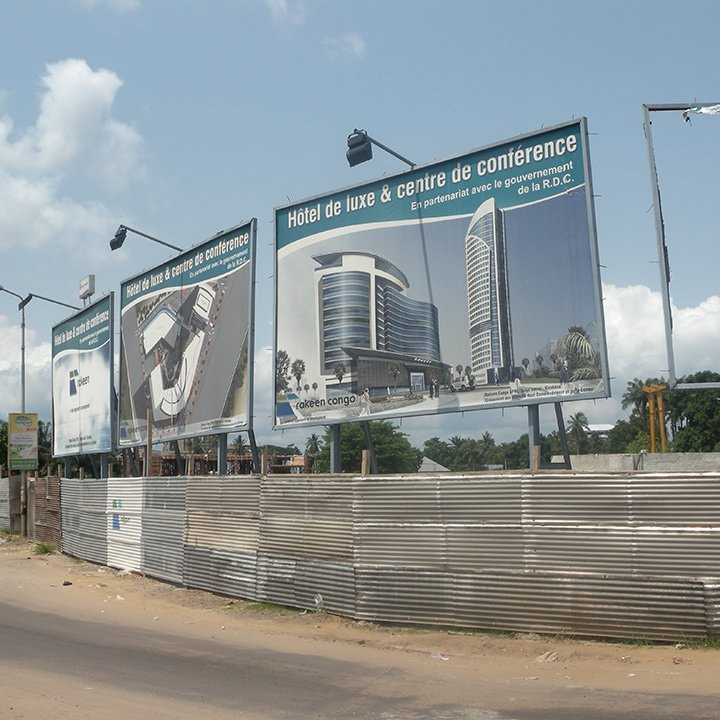Focusing on a number of construction projects, Ghent University Professor Johan Lagae will explain how foreign and Congolese urban planners created the architecture that is now associated with the Democratic Republic of the Congo.
On June 30, 1960, Congo gained independence, putting an end to Belgian colonial rule that had started at the end of the nineteenth century, when King Leopold II took possession of Central Africa. With a heritage of colonial infrastructure, buildings, and urban planning that still form a crucial part of Congo’s image today, the early decades of the postcolonial era were marked by important architectural and urban developments. The most significant changes began in 1966, when president Joseph-Désiré Mobutu launched his ‘authenticity campaign’ with the aim of ‘building a nation’. In 1971, Mobutu changed his name to Mobutu Sese Seko Kuku Ngbendu Wa Za Banga and in 1973, began his zaïrianisation* project to put an end to any foreign involvement in the Congo’s economy. Urban development and building construction slowed down in the following years, only to gain a new momentum in the early 2000s resulting in the rapid transformation of Congo’s cities that we are witnessing today.
*Zaïrianisation was the official state ideology of the Mobutu regime in the Congo. The policy of zairianisation included the nationalization of economy and the renaming of the country to Zaire.

